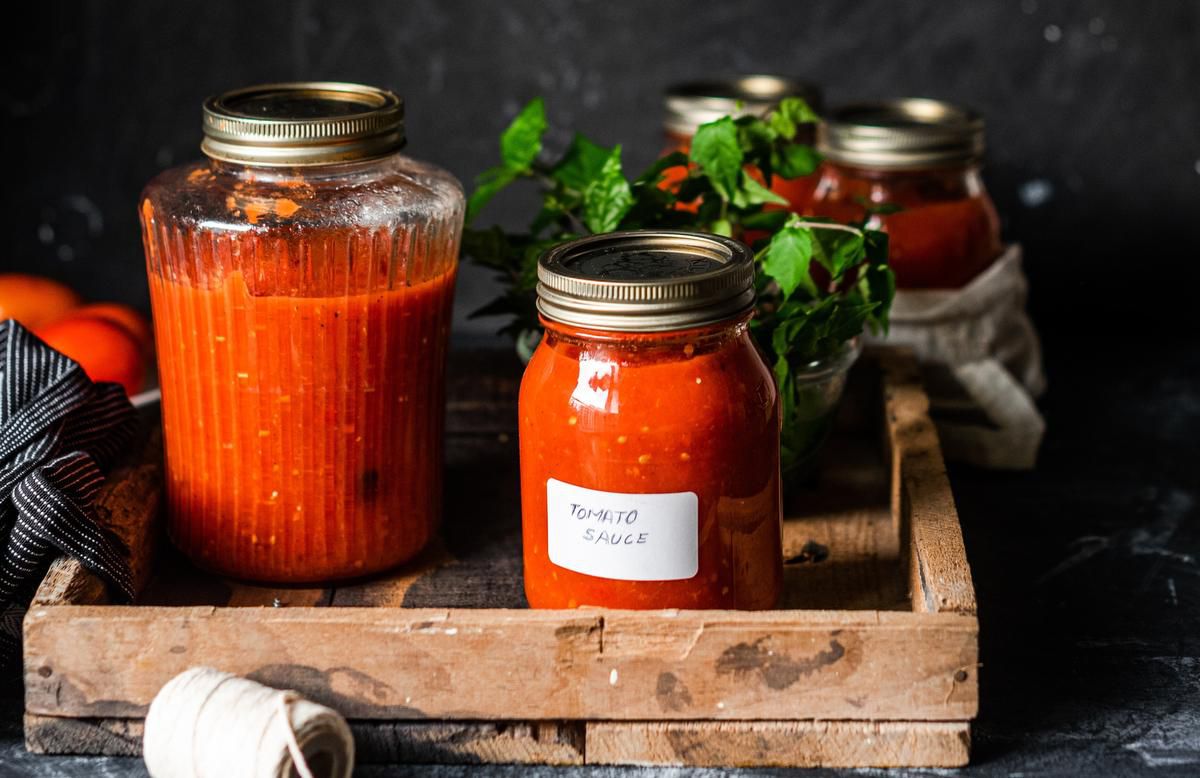Elizabeth Minchilli, author of the cookbook “The Italian Table,” shares her tips for a foolproof pomodoro.
Toronto Star – When you make a purchase through the links in this article, we may earn a small commission. Our journalism is independent and not influenced by advertising. Learn more
Pasta is a simple pleasure, especially when you’re not in the mood for elaborate cooking. Just add a nice, thick red sauce and you have a perfectly satisfying dinner. But if there’s one thing that Rome-based food writer Elizabeth Minchilli wants you to know about red sauce, it’s that, well, it’s not really a thing in Italy.
“In North America, when people say ‘red sauce,’ it could have meat in it, or mushrooms in it. It can just be anything,” says the author of “The Italian Table,” a cookbook of homestyle Italian recipes fit for entertaining.
In reality, there isn’t just one single authentic red sauce. Instead, there’s an array of tomato-based sauces Italians love putting on pasta, from marinara to spicy arrabbiata. Here, Minchilli shares her recipe for an effortless yet authentic pomodoro.
Be choosy with your tomatoes
The biggest mistake you can make with any red sauce, says Minchilli, is using unripe, out-of-season tomatoes. Use only fresh, locally grown tomatoes when they’re in season where you live (something meaty, like San Marzano tomatoes, is best, because they hold less water) and any other time, stick to the canned stuff — imported-from-Italy options if accessible. Read the packaging to ensure the fruit was grown in the country, not just canned there, recommends Minchilli, who’s partial to pelati (whole-peeled plum) and sweet San Marzano tomatoes.
Don’t skimp on olive oil
When someone complains to Minchilli about the flavour of their sauce, she knows it’s usually down to bland tomatoes or meagre olive oil. Most tomato sauce recipes will call for a generous amount of high-quality olive oil (again, preferably from Italy), something a lot of home chefs will instinctively try to reduce. But the amount is non-negotiable, says Minchilli. “All that olive oil is what actually makes a sauce,” she says. “It acts as an emulsifier and helps the sauce cling to the pasta, and it lends a lot of flavour.”
Try the roasting method
If all you have are not-quite-in-season tomatoes, Minchilli recommends roasting them for more intense flavour. Most types of sweet plum tomatoes will work as long as they have no green — just keep an eye on them in the oven, because cook times will vary.
Cut your tomatoes in half and lay them on a baking sheet. Coat evenly in olive oil, oregano and salt, pop them in the oven at 350°F (180°C) and let them cook for up to an hour, “until they start to lose their liquid” and brown. Once cooled, remove the skin and break them up with a fork for a jammy consistency. From there, you can serve as is, or use the roasted tomatoes to make a traditional stovetop sauce, or freeze them to use in a sauce later.
Keep your sauce simpleSKIP ADVERTISEMENT
One of Minchilli’s go-to tomato sauces is a simple yet rich pomodoro, made in an almost “woklike” sauté pan. Pour 1/4 cup of olive oil into a cold pan and add three or four cloves of garlic (chopped or whole, sightly crushed) and a dash of red pepper flakes if you want “a little bite.”
Put on medium heat until you start to smell the garlic, then add one 16-ounce can of tomatoes with the liquid they’re in. (Remove the garlic cloves if you kept them whole.) Turn up the heat to help the ingredients meld, using the back of a spoon to crush the tomatoes. Add salt and pepper to taste, and let cook until thickened, about 15 minutes.
Some people also like to add Parmesan or pecorino directly into it, but Minchilli prefers to let everyone top their pasta with as much cheese as they want, so they can truly taste the tomato in an excellent sauce.


